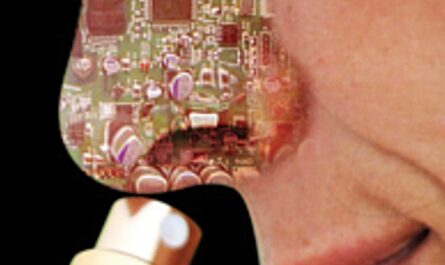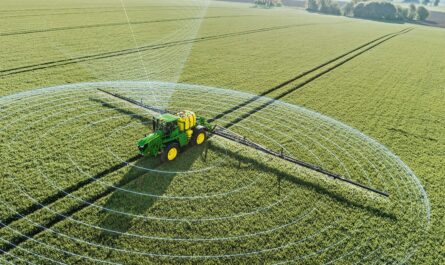Micro inverter are DC-to-AC inverter that convert the direct current (DC) output of individual solar panels into alternating current (AC) that can power homes and businesses. They are the size of a small notebook and are attached directly to each solar panel, rather than linking several panels to a central string inverter placed on the side of a home. By inverting the DC electricity from each panel individually, micro inverter avoid the single point of failure of string or central inverter. If one panel fails or is shaded, the other panels continue to produce energy.
Key Benefits of Using Micro Inverter
Higher Yields and System Uptime
Unlike traditional solar systems that use string or Solar Micro Inverter, micro inverter allow for module level power optimization. Each solar panel connected to its own micro inverter will produce energy at its own optimal level without being constrained by other panels in the string that may be partially shaded or failed. This results in up to 25% more energy harvest over the lifetime of the solar system. Micro inverter also eliminate downtime from shading and mismatches since failures are isolated to single panels instead of the whole array.
Compatibility with New Panel Technologies
As solar panel manufacturers continue to develop more efficient panel designs and new materials, they are producing panels with different voltages and wattages. Micro inverter are able to adapt efficiently to these new technologies since each panel’s unique performance parameters can be optimized independently. String and central inverter struggle to handle the mixing and matching of different solar modules.
Simplified Design, Installation, and Maintenance
With Solar Micro Inverter, there are no heavy central or string inverter to lift onto the roof. The lightweight micros can be easily installed by 1-2 people and their low-voltage DC connections simplify the installation process. If maintenance is needed, only the affected individual micro inverter needs to be changed rather than a costly replacement of the central inverter. re Roof penetrations and wiring are also minimized.
Enhanced Monitoring and Communication
Many offer built-in monitoring capabilities through wireless networks or powerline communications. With data coming from each panel, solar system owners have unprecedented visibility into system performance. Installers can remotely diagnose any issues rather than costly truck rolls. This also enables new power plant monitoring services from micro inverter manufacturers.
Improved Lifetime Reliability and Safety
As solid state devices, micro inverter have no moving parts or fans subjecting them to less wear and tear over the 25+ year lifetime of a solar installation. They also operate at low voltages below 60v, eliminating dangerous high voltages found in traditional string inverter. With reliable quality components, micro inverter are warrantied by manufacturers for 25 years and have shown fewer field failures than competitors.
Applications of Solar Micro Inverter
Residential Rooftop Solar
Due to their mounting flexibility and module-level control, Solar Micro Inverter are particularly suitable for residential rooftop solar installations. Homeowners with roofs that have obstructions like vents, skylights or chimneys that cause shading appreciate how micro inverter optimize the output of each panel individually. Roof space and wiring simplifications also make micros appealing for homeowners concerned about aesthetics.
Commercial and Industrial Solar
Larger commercial solar arrays on big box retail stores, factories, and warehouses are increasingly adopting micro inverter. Their granular monitoring and control helps maximize yields and uptime for these large, complex systems across multiple rooftops or canopy shades. Micro inverter also enable an easier transition to optimizing rooftop space with integrated solar like solar tiles or solar shingles.
Off-grid and Backup Power Solutions
For cabins, boats, RVs or developing world homes without access to reliable electricity, micro inverter based systems are well suited as a standalone or emergency backup power source. Their module level MPPT and rapid shutdown functions make it easy to grow these storage-enabled systems over time. Advanced micros allow seamless backup power transfer during outages with safety features like anti-islanding.
Emerging Solar Applications
New applications are utilizing micro inverter including solar carports, canopies and awnings that provide both energy generation and shaded parking. Their simple installation process and power optimization also make them appealing for solar benches, bus shelters or other integrated solar structures. The continued improvement of micro inverter capabilities will surely lead to additional emerging uses of solar energy across industries.
As solar panel and inverter technologies advance, the granular control and monitoring capabilities of micro inverter will become even more advantageous. When combined with energy storage and other distributed energy resources, micro inverter are poised to play a key role in the future decentralized energy systems and smartgrids of tomorrow. For their improved yields, reliability, safety and new applications; solar micro inverter show they are indeed the optimal power conversion technology for photovoltaics going forward.
*Note:
1. Source: Coherent Market Insights, Public sources, Desk research
2. We have leveraged AI tools to mine information and compile it


